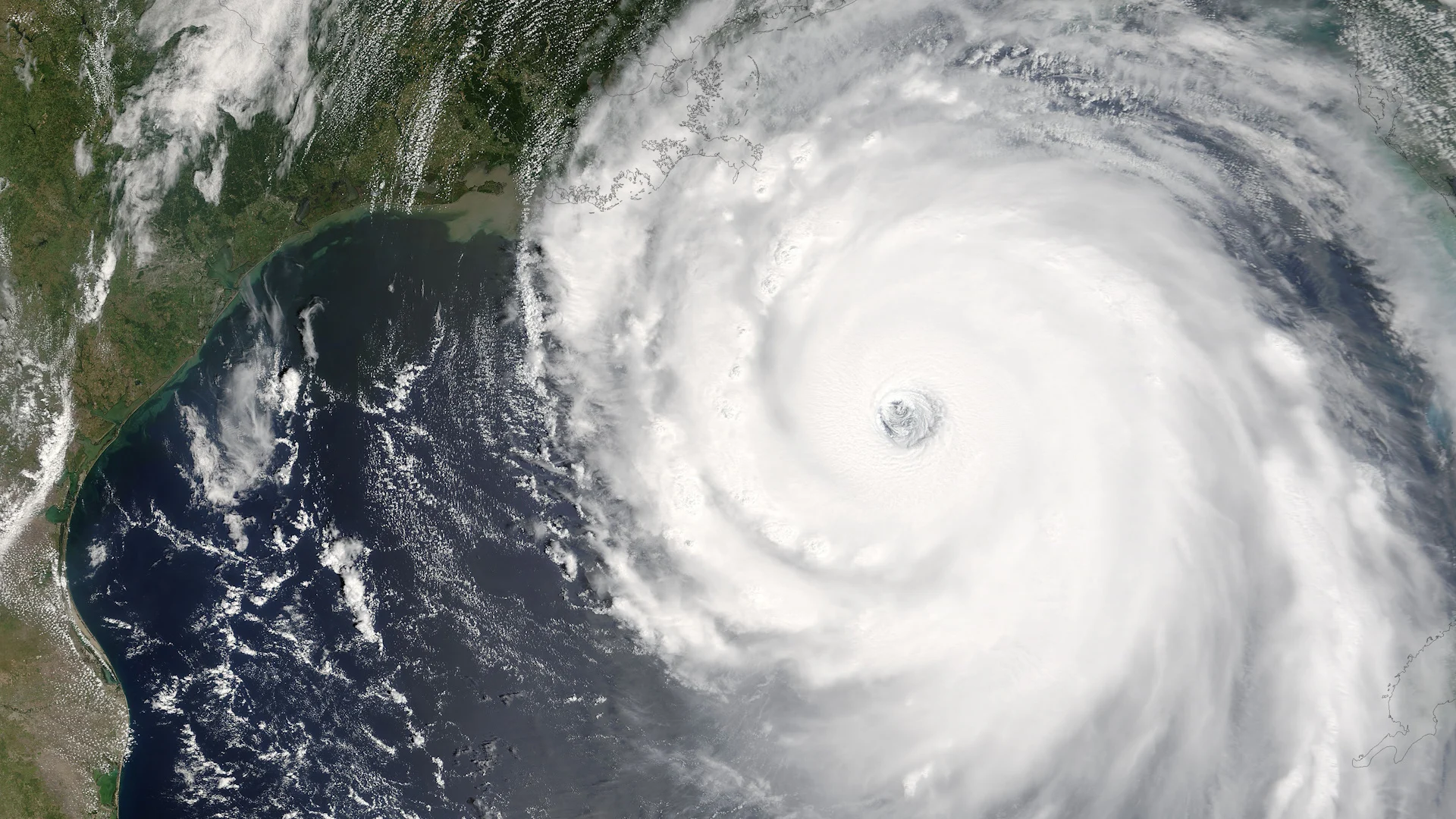
‘ACE’ is the best way to measure a hurricane season’s ferocity
One metric rises above the others to gauge the true intensity of a hurricane season
Forecasters have laboured through some of the most active hurricane seasons on record in recent years. But for all the storms that have bubbled up and swirled ashore, what’s the true measure of a hyperactive hurricane season?
There’s no shortage of data points available on hurricanes. We can track their winds, pressure, storm surge heights, and even grim tallies like casualties and damage. One index known as ACE rises above all others to provide a truer measure of a hurricane season’s ferocity.
DON'T MISS: Why focusing on a hurricane’s category is downright dangerous
Accumulated cyclone energy (ACE) is the best metric we have to measure and compare storms to one another.
Instead of simply looking at a system’s maximum sustained winds, or how many storms developed in a single season, ACE takes into account an individual storm’s wind speeds every six hours for the duration of its life as a tropical storm or hurricane.
In other words, ACE is essentially an energy index that allows forecasters to judge a storm by its longevity and pure ferocity.

DON'T MISS: The Weather Network's hurricane hub for the latest news on major storms across the world
A short-lived tropical storm and a Category 5 hurricane each count as one storm against a hurricane season’s grand total. But comparing the two storms is like the difference between the energy output of a watch battery and a diesel generator.
2024's Hurricane Beryl was the earliest Category 5 storm ever observed in the Atlantic. That historic hurricane generated an ACE of 35.1 after sticking around for 10 days and peaking in strength with winds of 270 km/h. Tropical Storm Chris existed at the same time as Beryl. But Chris only survived for 12 hours and briefly packed winds of 70 km/h, making for an ACE value of just 0.2.
Overall, lower ACE values reflect quieter-than-normal seasons, while much higher values indicate that the season was more active than usual.
Between 1991 and 2020, the ACE generated by all the storms in a typical hurricane season averaged out to about 122.5. That period includes two of the most active hurricane seasons ever observed in the Atlantic basin.
2020 saw an astounding 30 named storms, setting the high-water mark for the most storms ever recorded during a single season. The season generated an ACE of 179.8, which is significantly higher than normal—but far from the highest ever witnessed.

The historic 2005 hurricane season churned out 28 named storms, securing its place as the second-most active season ever recorded in the Atlantic Ocean. While the season had two fewer storms than 2020, it generated a whopping ACE of 245.3—second only to the 1933 hurricane season in terms of longevity and intensity.
Why the difference? Many of the storms that developed in 2020 were relatively weak and short lived. While the 2020 season produced seven major hurricanes (Category 3 or stronger), those hurricanes achieved their peak strength in relatively short bursts.

Storms that developed in 2005, on the other hand, were a veritable marathon by comparison. Four of the season’s hurricanes—Emily, Katrina, Rita, and Wilma—achieved Category 5 intensity, and many of the year’s major hurricanes remained near peak intensity for days at a time.
On the other end of the spectrum, the quietest hurricane season in recent history occurred in 1983. That year saw just four named storms, generating a seasonal ACE value of just 17.4.
Measuring ACE is especially useful in this age of advanced technology. We have excellent radars, satellites, and observations from airplanes, ships, buoys, and drones at our disposal.
Meteorologists simply spot more storms today than they would have just a few decades ago. That’s why the raw number of storms isn’t always representative of a season’s might. ACE goes a step toward removing that factor from the equation, allowing us to judge storms and seasons based on their substance rather than quantity.
Header image courtesy of NOAA.











